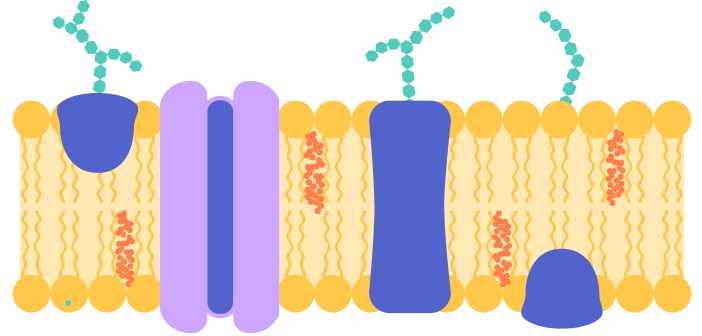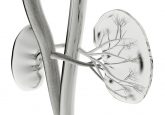Lipid biomarkers in children with obesity foreshadow cardiometabolic disease

In children with obesity, lipid biomarkers suggest an elevated risk of developing type 2 diabetes and heart and liver disease in adulthood.
A team from the University of Copenhagen (Denmark) has utilized mass spectrometry-based lipidomics to quantify levels of lipid biomarkers in children with obesity. The study warns of an increased risk of cardiometabolic diseases associated with these biomarkers. With timely intervention, these levels can be lowered, as evidenced by a 1-year obesity management program.
Childhood obesity is a progressive, chronic illness causing a worsening public health crisis. Children with obesity can develop insulin resistance, fatty liver and high blood pressure, which can become type 2 diabetes, liver disease and cardiovascular disease.
Mass spectrometry-based lipidomics in children with obesity indicated specific changes in lipid biomarkers that suggest an increased risk of diabetes, and heart and liver diseases in adulthood. This technique maps hundreds of lipids to provide a thorough picture of lipid metabolism. While the body’s lipids normally assist with energy storage and cellular signaling, in obesity their altered levels trigger illness.
You may also be interested in:
- The origin-adjusted approach for biomarker quantification by LC–MS
- Biomarker assay development: qualification vs validation debate
- Biomarker and immunogenicity testing: an interview with Jayaprakash Kotha
The researchers studied 958 children and adolescents who were deemed overweight or obese and 373 who were healthy weight. Mass spectrometry showed an increase in ceramides, which are associated with insulin resistance and cardiometabolic risk, as well as a decrease in lysophospholipids and omega-3 fatty acids. It also showed an increase in three lipids that predict fatty liver disease.
Knowing these changes in biomarkers could enable clinicians to test for the risk of cardiometabolic disease early in children with obesity.
In addition to reducing the weight of 83% of participants, the year-long obesity management program also decreased levels of ceramides, phospholipids and triglycerides. This indicates that managing obesity has a positive knock-on effect for restoring a normal lipid biomarker profile.
Yun Huang, Postdoc and first author of the study commented, “Our study shows that the impact of cardiometabolic associated lipid species emerges early in life in children with obesity, particularly affecting liver function and glucose metabolism. These risk lipid species could potentially be explored further as biomarkers for diagnosing or predicting cardiometabolic risk in children at high risk, offering new insights for early detection and intervention.”




